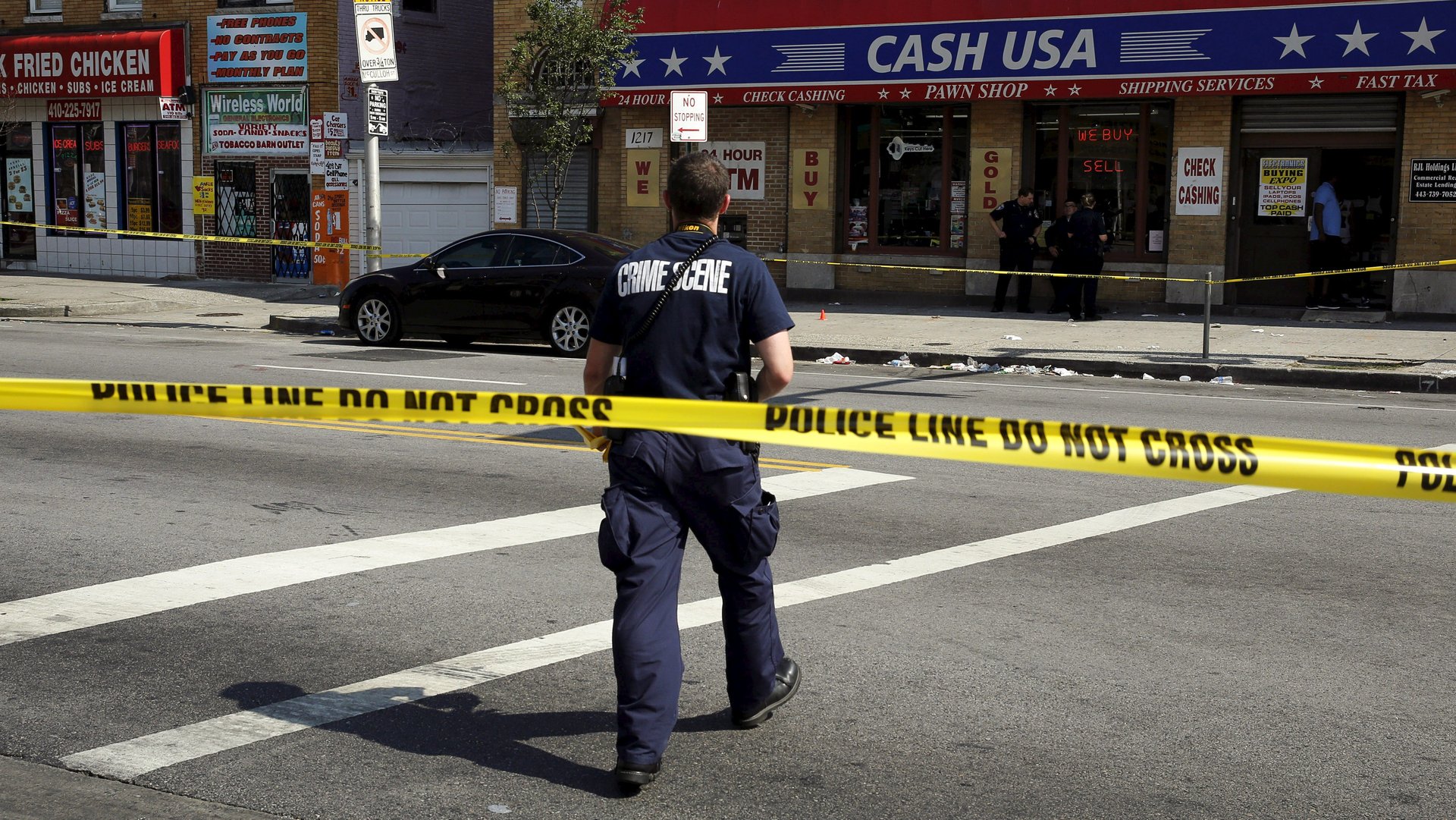Yes, violent crimes rose last year in the US, but that doesn’t mean there’s a crime wave
Violent crimes, including murder, rape, aggravated assault and robbery slightly increased in the United States in the first half of 2015, show preliminary statistics from the FBI. The uptick comes after a two-year decline, but experts say there is no evidence of a crime wave.


Violent crimes, including murder, rape, aggravated assault and robbery slightly increased in the United States in the first half of 2015, show preliminary statistics from the FBI. The uptick comes after a two-year decline, but experts say there is no evidence of a crime wave.
The increase, which averaged 1.7% across the country, was seen in most regions, except for the Northeast. The western part of the country fared the worst, with a 5.6% rise in violent crime. Cities with high populations, and areas with populations under 10,000 experienced the most significant upticks. Indeed, in 2015 the murder rate in 30 big cities was 14.6% higher than in 2014.
Statistics about rising violent crime have been trickling out over the course of the year, and quickly became politicized. In May, commentator Heather Mac Donald dubbed the increase the “Ferguson effect,” in an op-ed for The Wall Street Journal. She claimed that the most “plausible explanation” for the troubling numbers “is the intense agitation against American police departments over the past nine months.” This theory, which takes its name from protests sparked by a police killing in Missouri, was picked up by FBI head James Comey, who called it “a chill wind blowing through American law enforcement over the last year.”
He was later criticized by the Obama administration for his comments. The president himself said: “What we can’t do is cherry-pick data or use anecdotal evidence to drive policy or to feed political agendas.”
And experts support Obama’s argument. For one, overall crime rates are down from the same period last year, with burglaries dropping nearly 10%. Murder rates tend to vary from year to year, and 2012 had a similar uptick. But more importantly, the long-term decrease in crime is enormous, including for violent crimes.
“The average person in a large urban area is safer walking on the street today than he or she would have been at almost any time in the past 30 years,” write researchers at the Brennan Center for Justice. “Although headlines suggesting a coming crime wave make good copy, a look at the available data shows there is no evidence to support that claim.”
Practitioners back up the claim as well. In a letter sent Jan. 20, a group of more than 70 law enforcement officials called on Congress to pass criminal justice reform, underlining that “crime is still at an all-time low across the country.” They caution against raising the alarm about short-term upticks in crime, and urge lawmakers to respond to long-term trends appropriately.
“Common sense might suggest that more punishment keeps down crime. But research has shown that arbitrarily increasing time served in prison does not necessarily translate into increased public safety gains,” they wrote. “Our experience has shown us that the country can reduce crime while also reducing unnecessary arrests, prosecutions, and incarceration. “